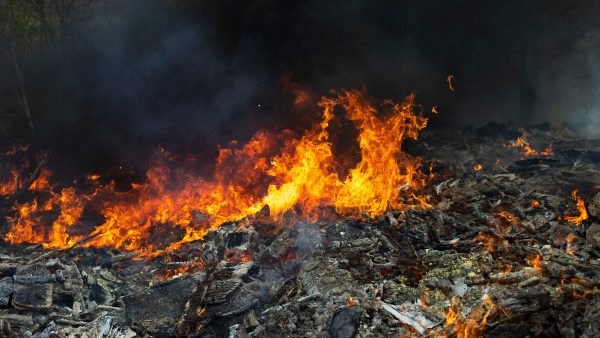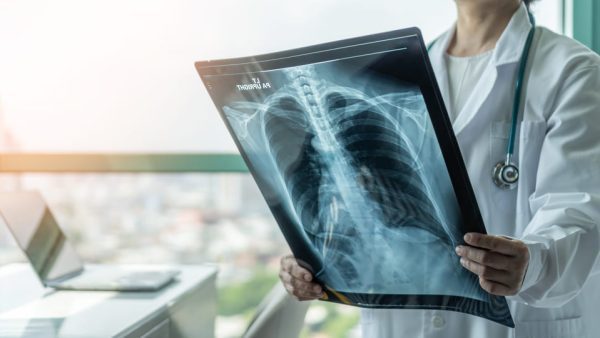Looking for Expert-Level VA Claim Answers?📱Call Us Now! 737-295-2226
An estimated 3.5 million service members and veterans have been exposed to burn pits.
Veterans who develop a VA-ratable condition due to burn pit exposure could qualify for VA disability benefits—AND tax-free monthly compensation!
In this guide, we’ll zero in on the VA burn pit disability percentage—looking at how the VA rates burn pit-related conditions.
We’ll break down how to service-connect your VA disability for burn pit exposure and list several known burn pit locations. We’ll also explore what conditions could qualify you for presumptive VA disability for burn pit exposure.
- VA Burn Pit Disability Percentage
- How to Service-Connect for Burn Pit Exposure
- How to File a VA Claim for a Burn Pit Disability Rating
- Burn Pit Exposure Locations
- Burn Pit Presumptive Conditions
- Burn Pits, PACT Act, & VA Presumptives—Explained! (VIDEO)
- VA Disability Ratings for Conditions Associated with Burn Pit Exposure
- Burn Pit Disability Percentage (FAQs) Frequently Asked Questions
- NEED MORE ASSISTANCE?
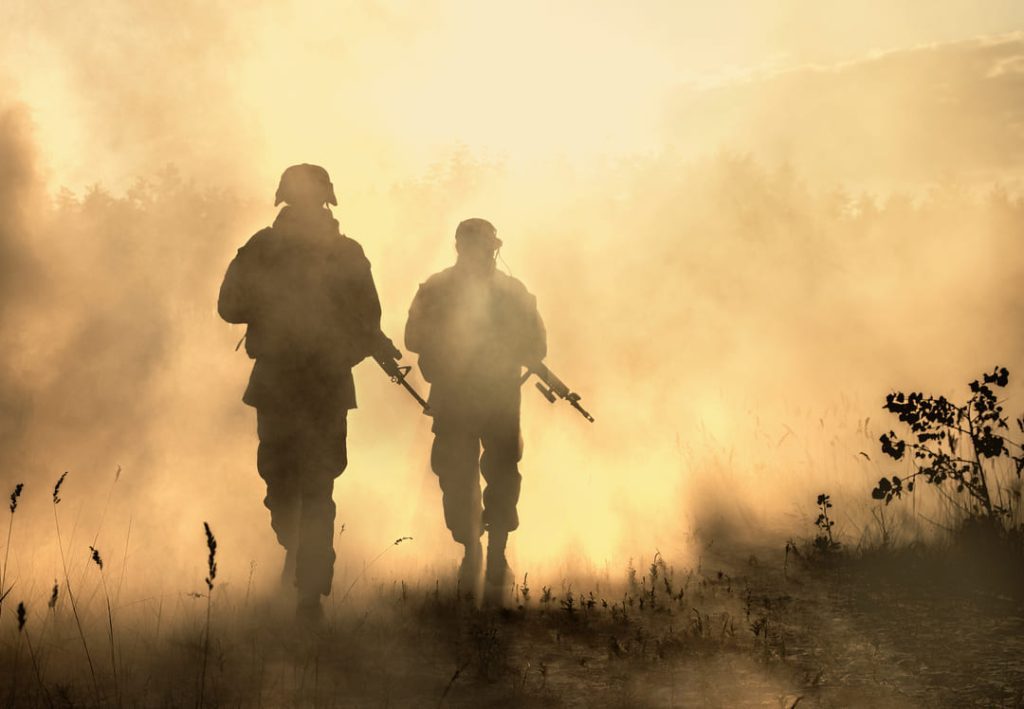
VA Burn Pit Disability Percentage
Did You Know? There’s no burn pit disability percentage that applies to all burn pit conditions. Instead, your VA rating varies depending on the severity, frequency, and duration of your symptoms, with conditions caused by burn pit exposure often rated at 10%, 20%, 30%, 60%, or 100%.
The PACT Act and VA Disability for Burn Pit Exposure
The PACT Act of 2022 added 23 new presumptive conditions. Many of these presumptive conditions are connected to burn pit exposure.
For presumptive conditions, the VA automatically assumes (or “presumes”) that your military service caused your condition.
While you don’t need to prove your service caused your condition, you still need to meet the service requirements for the presumption.
See also:
Maximizing Your PACT Act Compensation
2022 PACT ACT: UNDERSTANDING HEALTH CARE ELIGIBILITY AND BENEFITS (pdf)
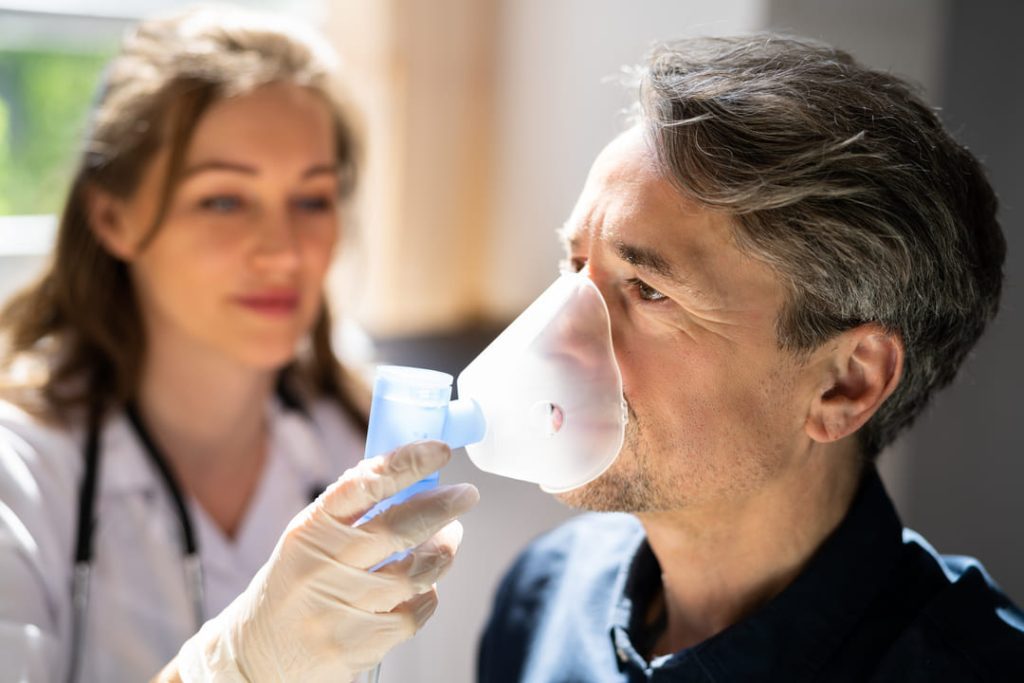
You DESERVE a HIGHER VA rating.
Take advantage of a VA Claim Discovery Call with an experienced Team Member. Learn what you’ve been missing so you can FINALLY get the disability rating and compensation you’ve earned for your service.
How to Service-Connect for Burn Pit Exposure
Before you can be eligible for a burn pit disability rating, you must service-connect your condition by proving the following:
- A current medical diagnosis of burn pit exposure
- An in-service event, injury, illness, or aggravation
- A medical nexus (or link) between the current diagnosis and the in-service event, injury, or illness (can be a Nexus Letter)

How to File a VA Claim for a Burn Pit Disability Rating
To file a VA claim to receive a VA burn pit disability percentage, you can follow these five basic steps:
- Gather Documentation: Collect medical records showing current diagnosis, test results, service records, and other evidence, such as Medical Nexus Letter or Independent Medical Opinion (IMO) linking your condition to your military service.
- Complete VA Form 21-526EZ: Fill out this form to apply for disability compensation. Include details about your exposure, symptoms, and how it affects your daily life.
- Submit Your VA Claim: Send the completed form and supporting documents to the VA regional office handling your claim. You can submit it online through the VA website, by mail, or in person.
- Undergo Examinations: The VA might schedule you for medical examinations to evaluate the extent of your condition.
- Await the Decision: The VA will review your claim, considering the evidence provided.
What Happens Next? The VA will notify you of their decision regarding your eligibility for a burn pit disability rating, including potential VA benefits and compensation.
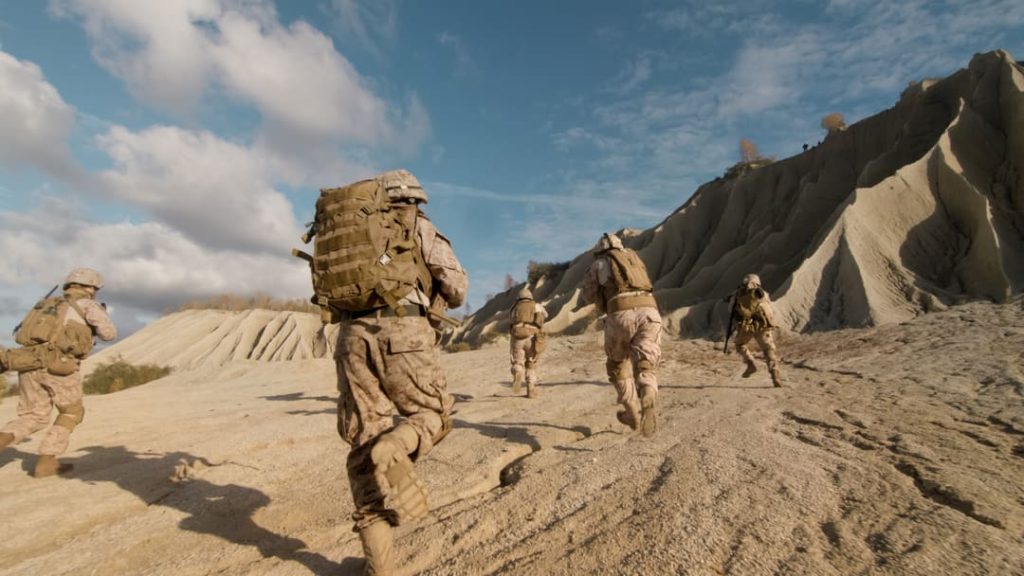
Burn Pit Exposure Locations
Burn pits were frequently used in specific war zones to help dispose of waste; however, many conditions and illnesses are linked to burn pit exposure, significantly impacting the lives of those who served.
If you served at one of the following military burn pit locations during the qualifying periods, you may be eligible for burn pit VA disability benefits,
On or after September 11, 2001, in any of these locations:
- Afghanistan
- Djibouti
- Egypt
- Jordan
- Lebanon
- Syria
- Uzbekistan
- Yemen
- The airspace above any of these locations
On or after August 2, 1990, in any of these locations:
- Bahrain
- Iraq
- Kuwait
- Oman
- Qatar
- Saudi Arabia
- Somalia
- The United Arab Emirates (UAE)
- The airspace above any of these locations
If you served in any of these locations on or after August 2, 1990, you have a presumption of exposure to burn pits or other toxins.
- Arabian Sea
- Gulf of Aden
- Gulf of Oman
- Neutral zone between Iraq/Saudi Arabia
- Persian Gulf
- Red Sea
Burn Pit Presumptive Conditions
VA disability for burn pit exposure includes conditions considered by the VA to be presumptive conditions. Burn pit presumptive conditions include, but are not limited to:
- Asthma (diagnosed after service)
- Brain cancer
- Chronic bronchitis
- Chronic rhinitis
- Chronic sinusitis
- Gastrointestinal cancer of any type
- Head cancer of any type
- Emphysema
- Kidney cancer
- Melanoma
- Pancreatic cancer
- Pleuritis
- Pulmonary fibrosis
- Reproductive cancer of any type
- Respiratory (breathing-related) cancer of any type
If you qualify for a burn pit disability rating, you should begin filing a VA claim.
Burn Pits, PACT Act, & VA Presumptives—Explained! (VIDEO)
VA Disability Ratings for Conditions Associated with Burn Pit Exposure
| DC Code 6602, Asthma, bronchial; | VA Rating |
| FEV–1 less than 40-percent predicted, or; FEV–1/FVC less than 40 percent, or; more than one attack per week with episodes of respiratory failure, or; requires daily use of systemic (oral or parenteral) high dose corticosteroids or immuno-suppressive medications | 100% |
| FEV–1 of 40- to 55-percent predicted, or; FEV–1/FVC of 40 to 55 percent, or; at least monthly visits to a physician for required care of exacerbations, or; intermittent (at least three per year) courses of systemic (oral or parenteral) corticosteroids | 60% |
| FEV–1 of 56- to 70-percent predicted, or; FEV–1/FVC of 56 to 70 percent, or; daily inhalational or oral bronchodilator therapy, or; inhalational anti-inflammatory medication | 30% |
| FEV–1 of 71- to 80-percent predicted, or; FEV–1/FVC of 71 to 80 percent, or; intermittent inhalational or oral bronchodilator therapy | 10% |
Note: In the absence of clinical findings of asthma at the time of examination, a verified history of asthmatic attacks must be of record.
| DC Code 6600, Bronchitis, chronic; | VA Rating |
| FEV–1 less than 40 percent of predicted value, or; the ratio of Forced Expiratory Volume in one second to Forced Vital Capacity (FEV–1/FVC) less than 40 percent, or; Diffusion Capacity of the Lung for Carbon Monoxide by the Single Breath Method (DLCO (SB)) less than 40-percent predicted, or; maximum exercise capacity less than 15 ml/kg/min oxygen consumption (with cardiac or respiratory limitation), or; cor pulmonale (right heart failure), or; right ventricular hypertrophy, or; pulmonary hypertension (shown by Echo or cardiac catheterization), or; episode(s) of acute respiratory failure, or; requires outpatient oxygen therapy | 100% |
| FEV–1 of 40- to 55-percent predicted, or; FEV–1/FVC of 40 to 55 percent, or; DLCO (SB) of 40- to 55-percent predicted, or; maximum oxygen consumption of 15 to 20 ml/kg/min (with cardiorespiratory limit) | 60% |
| FEV–1 of 56- to 70-percent predicted, or; FEV–1/FVC of 56 to 70 percent, or; DLCO (SB) 56- to 65-percent predicted | 30% |
| FEV–1 of 71- to 80-percent predicted, or; FEV–1/FVC of 71 to 80 percent, or; DLCO (SB) 66- to 80-percent predicted | 10% |
| DC Code 6603, Emphysema, pulmonary; | VA Rating |
| FEV–1 less than 40 percent of predicted value, or; the ratio of Forced Expiratory Volume in one second to Forced Vital Capacity (FEV–1/FVC) less than 40 percent, or; Diffusion Capacity of the Lung for Carbon Monoxide by the Single Breath Method (DLCO (SB)) less than 40-percent predicted, or; maximum exercise capacity less than 15 ml/kg/min oxygen consumption (with cardiac or respiratory limitation), or; cor pulmonale (right heart failure), or; right ventricular hypertrophy, or; pulmonary hypertension (shown by Echo or cardiac catheterization), or; episode(s) of acute respiratory failure, or; requires outpatient oxygen therapy. | 100% |
| FEV–1 of 40- to 55-percent predicted, or; FEV–1/FVC of 40 to 55 percent, or; DLCO (SB) of 40- to 55-percent predicted, or; maximum oxygen consumption of 15 to 20 ml/kg/min (with cardiorespiratory limit) | 60% |
| FEV–1 of 56- to 70-percent predicted, or; FEV–1/FVC of 56 to 70 percent, or; DLCO (SB) 56- to 65-percent predicted | 30% |
| FEV–1 of 71- to 80-percent predicted, or; FEV–1/FVC of 71 to 80 percent, or; DLCO (SB) 66- to 80-percent predicted | 10% |

Burn Pit Disability Percentage (FAQs) Frequently Asked Questions
What is the burn pit VA disability rating?
While there is no specific burn pit disability rating or burn pit disability percentage, you may still be eligible for compensation and benefits if your burn pit exposure caused a service-connected disability.
How do I prove burn pit exposure?
To prove burn pit exposure, you must connect your condition to a specific event that occurred during your military service—in this case, that you served in a burn pit location during a designated time of active duty military service. The VA must know if your illness or condition is directly caused by burn pit exposure.
How much VA disability can you get for burn pit exposure?
Your VA burn pit disability percentage will depend on your condition or illness and its severity. For example, if you are diagnosed with asthma due to burn pit exposure, your VA rating will range between 10% and 100%.

NEED MORE ASSISTANCE?
Most veterans are underrated for their disabilities and, therefore, not getting their due compensation. At VA Claims Insider, we educate you on how to take control of the claims process so you may get the rating and compensation you’re owed by law. If you’ve filed your VA disability claim and have been denied or have received a low rating—or you’re unsure how to get started—reach out to us!
Our process takes the guesswork out of filing a VA disability claim and supports you in building a fully developed claim (FDC)—so you may increase your rating FAST! Take advantage of a FREE VA Claim Discovery Call. Learn what you’ve been missing—so you can FINALLY get the disability rating and compensation YOU DESERVE!

Kelly Olone
Kelly Olone is a military spouse who earned her degree in Psychology from Florida International University. After working in the non-profit sector for several years, she turned to her passion for writing. She aims to contribute to a better understanding of the valuable benefits that veterans deserve. As a mom, Kelly navigates the delicate balance between deadlines and bedtime stories with finesse.

